Ukraine and Russia
combined have a significant impact on global agricultural markets and in particular on European agriculture.
Russia is the world’s leading fertiliser exporter accounting for 25% of global nitrogen exports, 16% global phosphate exports and 20% global potash exports.
Europe is highly exposed to the Russian fertiliser trade.
Over the past three years, on average Russia accounted for 26% of European urea imports, 26% of European diammonium phosphate imports and 21% muriate of potash imports.
Listen to "Ep 503: Down to Agribusiness - Impact of war in Ukraine on Irish agriculture" on Spreaker.
Russia alone accounted for almost 20% of world wheat exports in the 2020/2021 season.
Taken together, Ukraine and Russia represent almost 30% of global wheat exports, 31% global maize exports and 20% global barley exports.
The two countries are the dominant producers of sunflower seeds and account for 65% of global sunflower oil exports.
Sunflower oil is an edible oil used in food manufacture which can act as a substitute for butter and vice versa as margins dictate.
Europe imported 28m tonnes of maize, 18m tonnes of wheat and 7m tonnes of sunflower oil from Ukraine in 2020.
Europe’s energy dependency on Russia has grown substantially over the past decade, with Russia now the leading supplier of European natural gas, crude oil and coal.
It accounts for 40% of natural gas imports, 30% of crude oil imports and 42% of coal imports, leaving Europe vulnerable to Russian retaliatory measures.
Natural gas is a key ingredient in nitrogen fertiliser.
Europe will end this winter with exceptionally low levels of gas storage, projected to be 18% compared to 30% in previous years.
Any retaliatory action by Russia, which reduces or stops the flow of gas to Europe or restricts fertiliser exports would be a significant challenge.
Ukraine and Russia
combined have a significant impact on global agricultural markets and in particular on European agriculture.
Russia is the world’s leading fertiliser exporter accounting for 25% of global nitrogen exports, 16% global phosphate exports and 20% global potash exports.
Europe is highly exposed to the Russian fertiliser trade.
Over the past three years, on average Russia accounted for 26% of European urea imports, 26% of European diammonium phosphate imports and 21% muriate of potash imports.
Listen to "Ep 503: Down to Agribusiness - Impact of war in Ukraine on Irish agriculture" on Spreaker.
Russia alone accounted for almost 20% of world wheat exports in the 2020/2021 season.
Taken together, Ukraine and Russia represent almost 30% of global wheat exports, 31% global maize exports and 20% global barley exports.
The two countries are the dominant producers of sunflower seeds and account for 65% of global sunflower oil exports.
Sunflower oil is an edible oil used in food manufacture which can act as a substitute for butter and vice versa as margins dictate.
Europe imported 28m tonnes of maize, 18m tonnes of wheat and 7m tonnes of sunflower oil from Ukraine in 2020.
Europe’s energy dependency on Russia has grown substantially over the past decade, with Russia now the leading supplier of European natural gas, crude oil and coal.
It accounts for 40% of natural gas imports, 30% of crude oil imports and 42% of coal imports, leaving Europe vulnerable to Russian retaliatory measures.
Natural gas is a key ingredient in nitrogen fertiliser.
Europe will end this winter with exceptionally low levels of gas storage, projected to be 18% compared to 30% in previous years.
Any retaliatory action by Russia, which reduces or stops the flow of gas to Europe or restricts fertiliser exports would be a significant challenge.



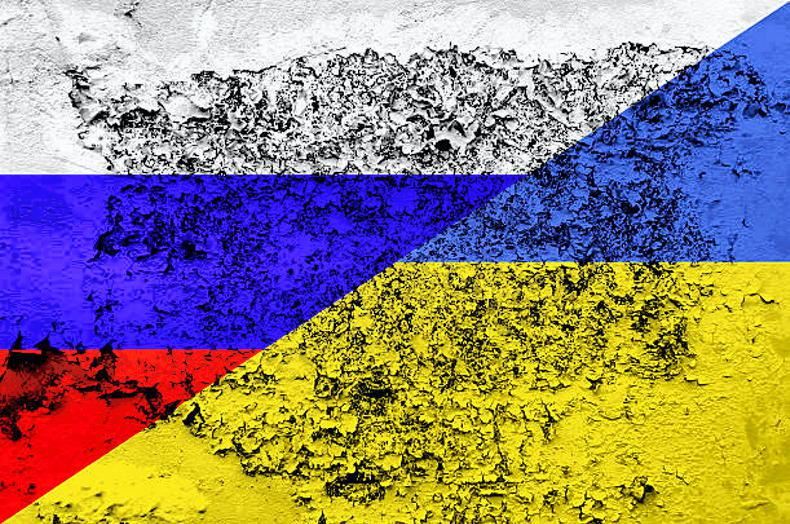

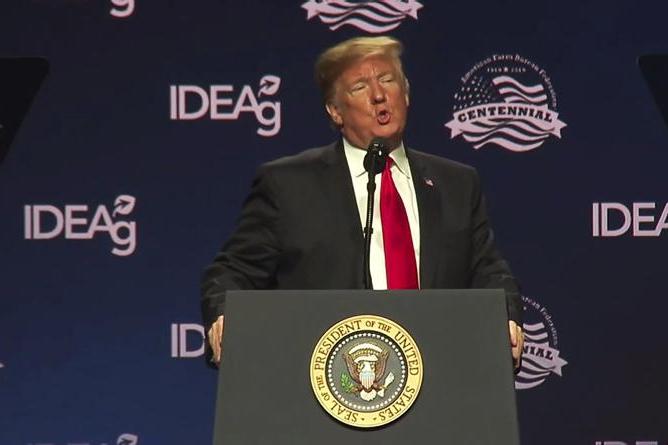
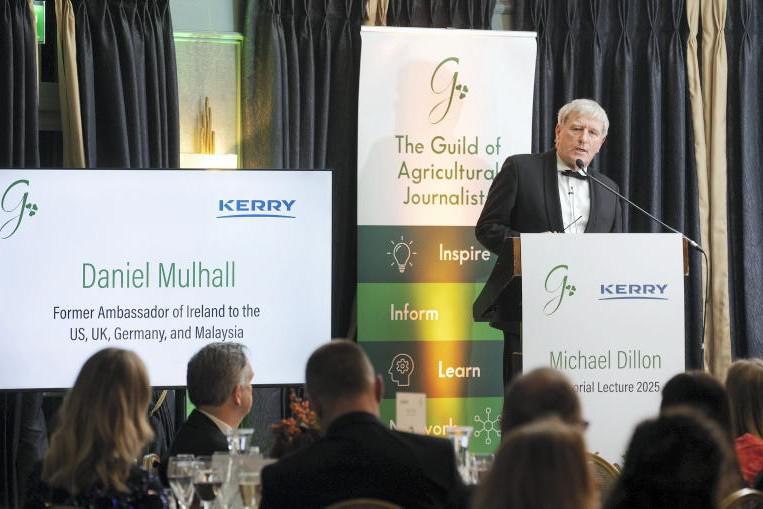
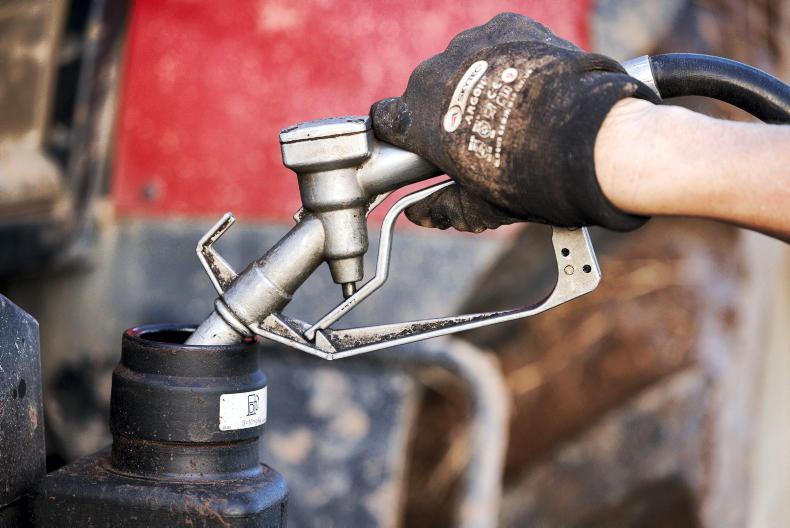
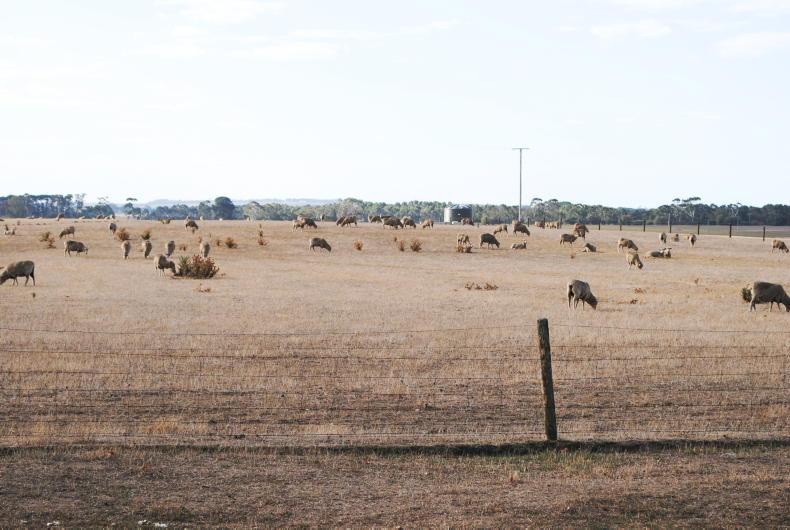
SHARING OPTIONS